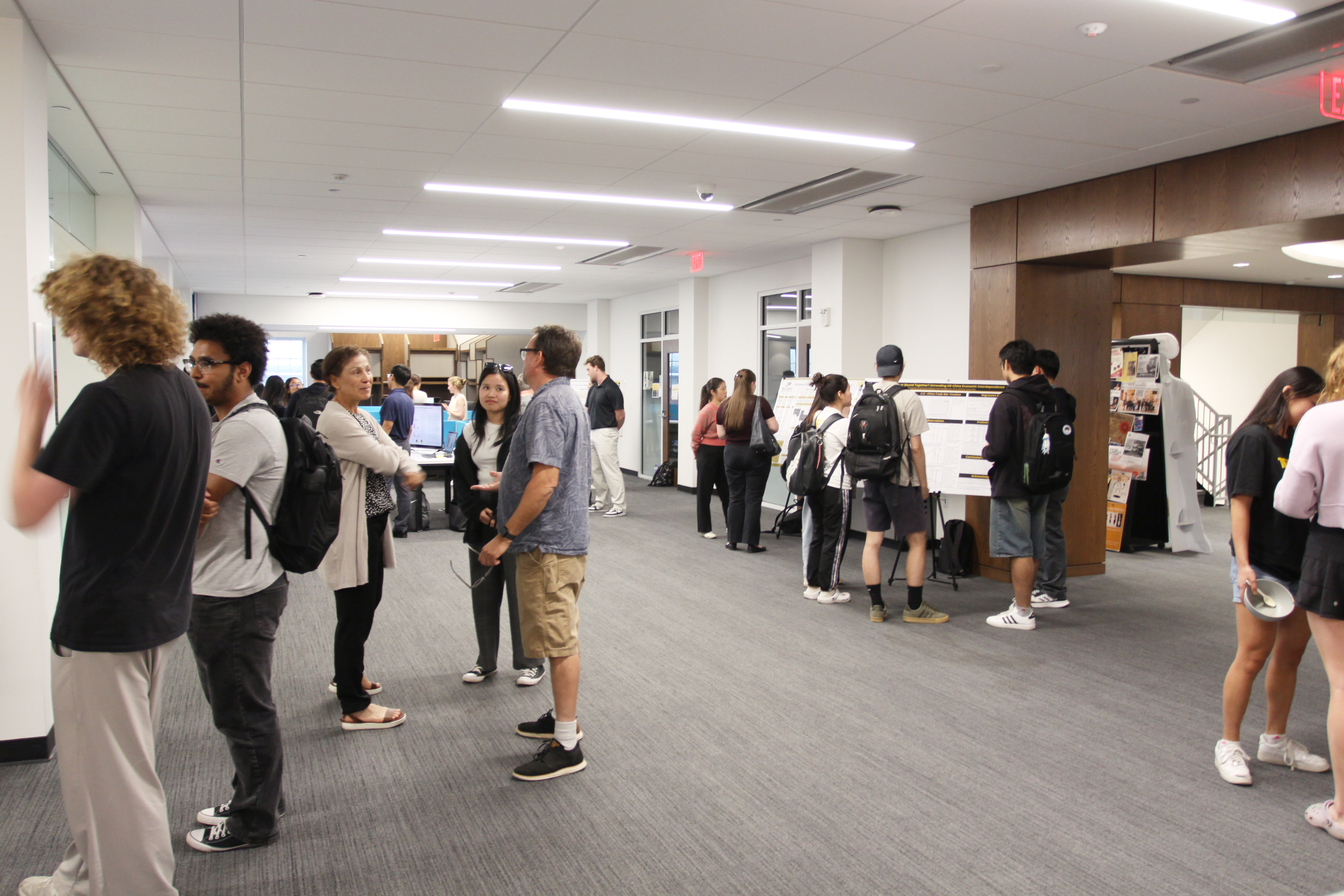Files
Download Full Text (4.2 MB)
Document Type
Poster
Publication Date
Fall 10-2020
Abstract
Background: Throughout the pandemic, minority groups, particularly African Americans and Hispanic/Latino Americans have experienced disproportionately high infection and death rates as compared to their white and Asian counterparts. Though this phenomenon could be attributed to high rates of pre-existing conditions in black and Hispanic communities, there are other underlying factors that cause such disparity. We set out to determine whether or not various demographic, economic, educational, health, housing, and quality of life indicators were correlated with higher rates of COVID-19 infection.
Methods: We used USAFacts COVID-19 data to select the 150 United States counties with the highest infection rates. We then collected a series of data, courtesy of the U.S. Census Bureau, for each of those counties. While useful, county-level analysis failed to reveal inequality within counties (i.e. low-income areas nested inside a high-income county). In order to further understand minority health, we used Policy Map to collect a series of data for Chicago and New York City, and performed zip-code level analyses for each city. In order to explore societal indicators of minority health, we used descriptive statistics and statistical t-tests to compare the counties and zip codes with the highest white population to the counties and zip codes with the highest percentages of African Americans and Hispanic Americans. Finally, we created a series of scatterplots, studying the correlation between zip code level variables and COVID-19 infection rates.
Results: Compared to the predominantly white counties and zip codes, areas with higher rates of African Americans and Hispanics demonstrated lower income levels, lower educational attainment, higher rates of certain pre-existing conditions (namely obesity and diabetes), lower rates of flu vaccination, lower self-rated health, lower insurance coverage, and minimal physical activity. Furthermore, larger household size, lower rates of yearly doctor’s visits, homeownership, and computer/internet access, and higher rates of unemployment, multiple jobholders, and public transport use were all related to higher COVID-19 rates among minority communities.
Discussion: Underlying economic, educational, housing, and quality of life factors are associated with higher rates of COVID-19. Mitigating these underlying social determinants of disease could improve the health of minority groups disproportionately affected by COVID-19. Future research can work to further understand how these social indicators cause disease and should seek to uncover potential interventions to address these disparities.
Recommended Citation
Stanley, Kate and Shifa, Naima, "Mapping Disparities in COVID-19: Determining the Demographic, Economic, Educational, Housing, Quality of Life, and Health Factors that Relate to Disparities in COVID-19 infections and Deaths" (2020). Annual Student Research Poster Session. 49.
https://scholarship.depauw.edu/srfposters/49




Funding and Acknowledgements
Kate Stanley and Dr. Naima Shifa, PhD
Department of Mathematics, DePauw University, Greencastle, IN
Supported by: DePauw University Science Research Fellows Program